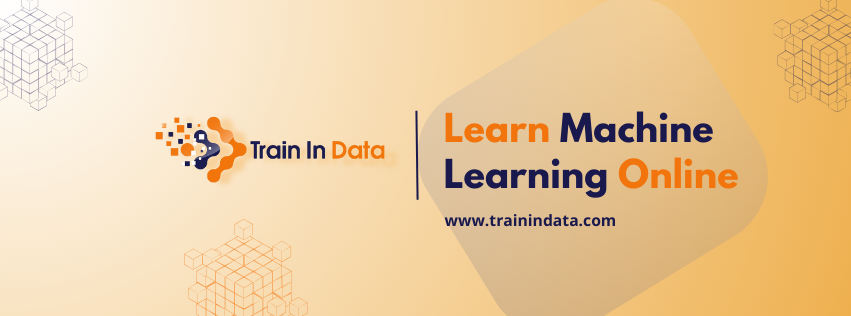Hey there! 👋 I'm Sole, a seasoned data scientist, published author, and machine learning instructor with a passion for pushing the boundaries of what's possible in the world of data science. ✨
In my journey that kicked off in 2015, I've lent my expertise to finance and insurance companies. Here, I honed my skills in crafting robust machine learning models, tackling challenges such as insurance claim assessments, credit risk evaluations, and fraud prevention.
In 2017, I pioneered my first online course, 'Feature Engineering for Machine Learning.' Recognizing a gap in resources at the time, I've since expanded my course offerings, delving into diverse aspects of machine learning. Additionally, I've given life to an open-source Python gem: Feature-engine. 🚀
Currently, I'm pouring my energy into advancing Feature-engine and creating new, impactful courses on machine learning.
You'll often find me sharing insights about Feature-engine and the broader machine learning landscape through blogs, talks, and podcasts.
If you discover that Feature-engine brings value to your work or learning journey, consider sponsoring my efforts or enrolling in my courses.
Your support goes a long way in fueling the growth of valuable resources and impactful courses for the community.
Excited to connect, collaborate, and learn together! 🌟"
Check out the courses that we teach. Courses are up to date and work with the latest Python library releases!
| Courses | What you will learn |
|---|---|
| Feature engineering for machine learning | Learn to create new features, impute missing data, encode categorical variables, transform and discretize features and much more. |
| Feature selection for machine learning | Learn to select features using wrapper, filter, embedded and hybrid methods, and build simpler and reliable models. |
| Hyperparameter optimization for machine learning | Learn about grid and random search, Bayesian Optimization, Multi-fidelity models, Optuna, Hyperopt, Scikit-Optimize and more. |
| Machine learning with imbalanced data | Learn about under- and over-sampling, ensemble and cost-sensitive methods and improve the performance of models trained on imbalanced data. |
| Feature engineering for time series forecasting | Learn to create lag and window features, impute data in time series, encode categorical variabes and much more, specifically for forecasting. |
| Forecasting with Machine Learning | Learn to perform time series forecasting with machine learning models like linear regression, random forests and xgboost. |
| Machine Learning Interpretability | Learn interpret and explain white-box and black-box models both globally and locally, including methods LIME, SHAP, and more. |
Discover plenty of feature engineering and feature selection techniques in my books, where I seamlessly integrate plenty of methods using readily available Python libraries.
| Books | Summary |
|---|---|
| Python feature engineering Cookbook, third edition | Over 70 code recipes to implement feature engineering in tabular, transactional, time series and text data. |
| Feature selection in machine learning with Python | Over 20 methods to select the most predictive features and build simpler, faster, and more reliable machine learning models. |
I actively contribute to open-source libraries as part of my commitment to fostering collaborative innovation and enhancing accessibility in the realm of data science and machine learning.
| Library | About | Role | Sponsor us |
|---|---|---|---|
| Feature-engine | Multiple transformers for missind data imputation, categorical encoding, variable transformation and discretization, feature creation and more. | Developer and maintainer | Sponsor me |
| tsfresh | Automatically create features for time series classification | One time contributor to expand documentation. | |
| imbalanced-learn | Tools for under- and over-sampling and dealing with imbalanced data | Multiple PRs to improve documentation. |
Stay connected and follow me across these platforms to stay updated on the latest in data science and machine learning:
| Media | Summary |
|---|---|
| Train in Data | Enroll in our courses and books |
| YouTube | I post about data science, machine learning and how to become a data scientist. |
| Newsletter | I talk about data science, machine learning and how to become a data scientist. |
| I talk about data science, machine learning and how to become a data scientist. | |
| I tweet about data science, machine learning and how to become a data scientist. | |
| I talk about data science, machine learning and how to become a data scientist. | |
| Blog | I write about data science, machine learning, feature engineering and selection and more. |
| ⚡ Sponsor me |
|---|
That's it! I hope to see you around.

